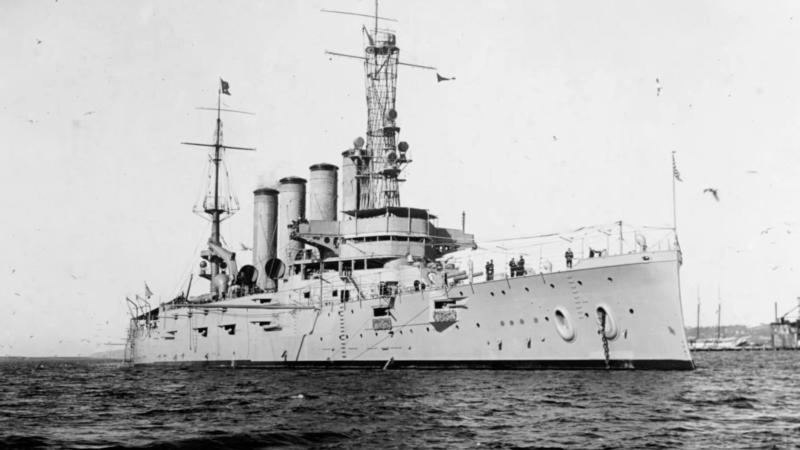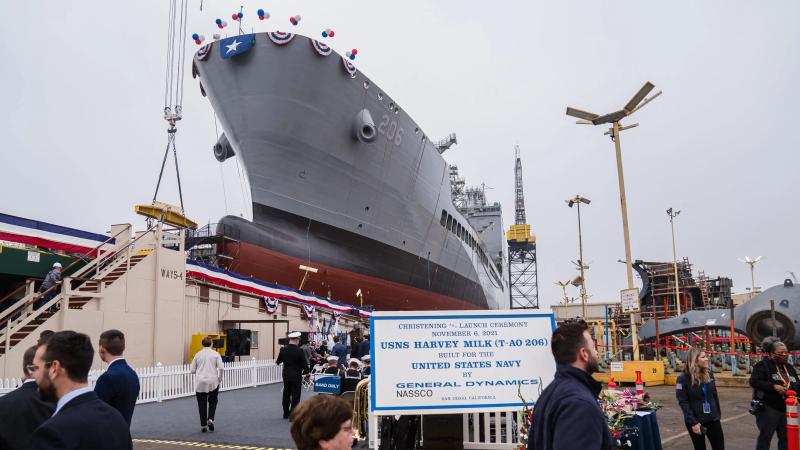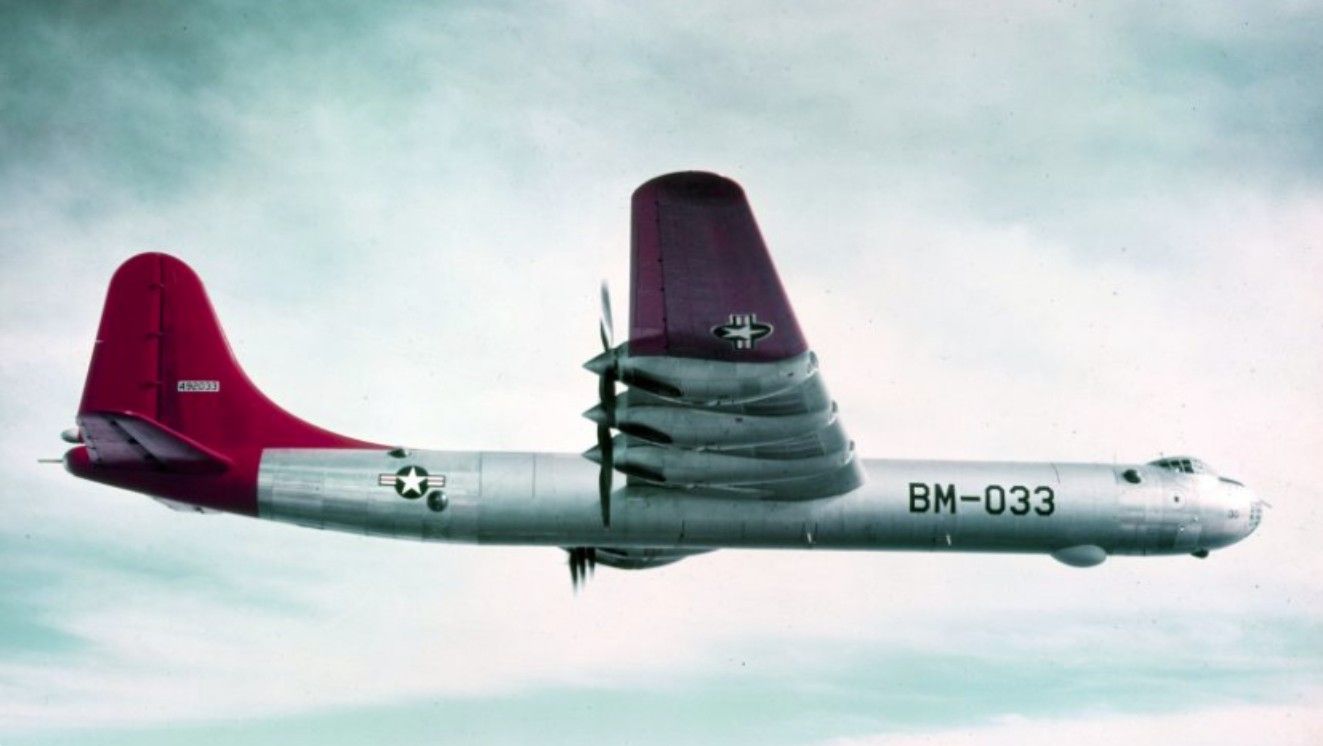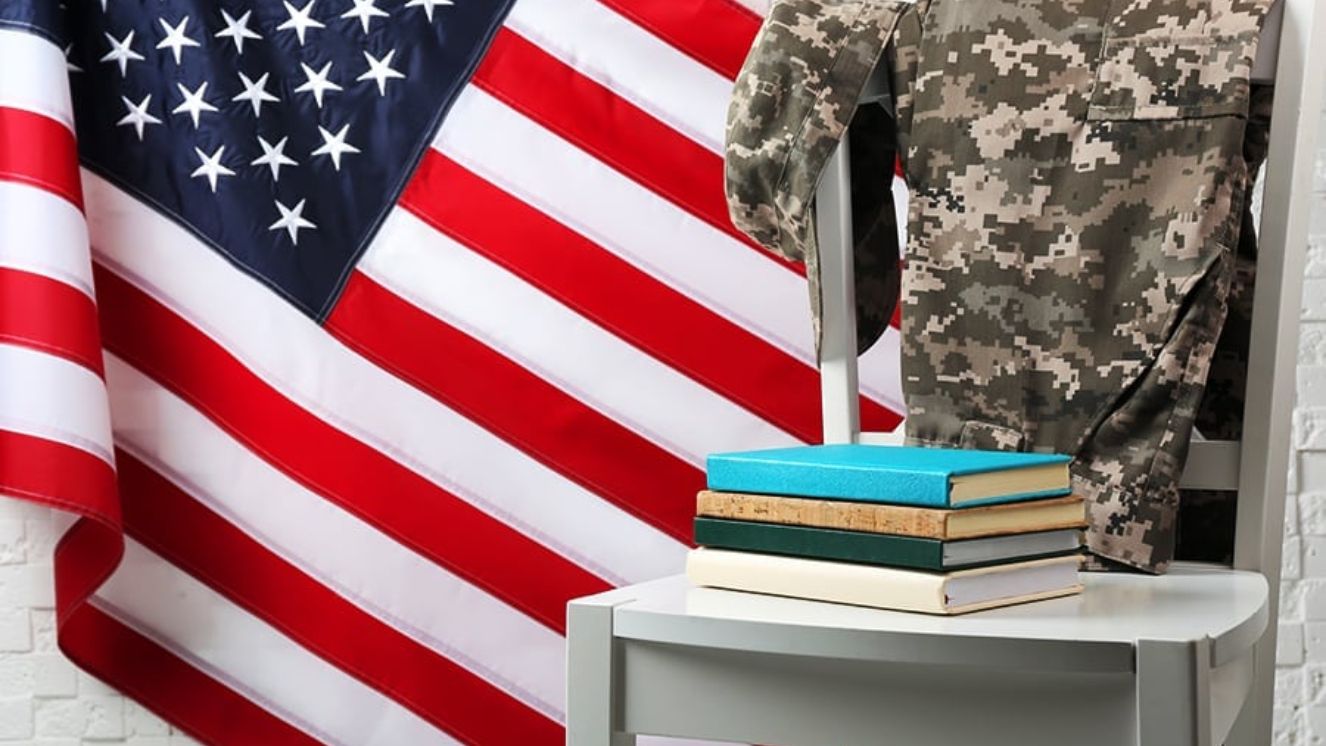USNS HARVEY MILK RENAMING ORDERED BY HEGSETH

According to a memorandum from the Office of the Secretary of the Navy, Secretary Hegseth has ordered the Department of the Navy to rename the ship named after Harvey Milk, a political activist and California’s first openly gay politician.
Rather than debate the merits of this renaming, and the potential renaming of other military assets, we are looking at the history behind the naming of ships, and will investigate if this has even happened in the past.
Harvey Milk: His Legacy and Impact
A native of Long Island, New York, Harvey Milk served in the US Navy after graduating from the State University of New York at Albany with a degree in mathematics. Milk served during the Korean War aboard a submarine rescue ship as a diving officer.
After seeing combat, the Navy assigned Milk to Naval Station San Diego where he served as a diving instructor. He resigned from the Navy at the rank of Lieutenant (Junior Grade) with an "other than honorable" discharge after being compelled to leave the service rather than be court-martialed because of his homosexuality.
Upon his separation, Milk returned to New York and held a variety of jobs. Eventually, he found his way to San Francisco, where he became politically active.
10 months after being elected to the San Francisco Board of City Supervisors, Milk was assassinated. In November 2021, the US Navy christened the second of its twenty planned John Lewis-class oilers the USNS Harvey Milk.
Why Did Secretary Hegseth Issue the Renaming Order?
According to the Pentagon's chief spokesman Sean Parnell, "Secretary Hegseth is committed to ensuring that the names attached to all DoD installations and assets are reflective of the Commander-in-Chief's priorities, our nation's history, and the warrior ethos."
Parnell added in a statement that any future re-namings, "...will be announced after internal reviews are complete."

Origins of U.S. Navy Ship Naming Traditions
The tradition of naming vessels dates back thousands of years. The decision on how to name a vessel was, and still can be, emotional, involving superstition, custom, tradition, beliefs, and tributes.
Ships have been named almost as long as they have existed and, oftentimes, they’ve been given women’s names. In fact there is evidence that mariners in Babylonia performed ship naming and launching ceremonies as far back as the 3rd millennium BC.
The ancient mariners of Greece, Egypt, and Rome also held naming rites when launching their new vessels as a way of asking their gods to protect their ships and crew before their maiden voyage.
With the advent of modern warfare, and the fielding of large and majestic Naval fleets, these naming ceremonies became more structured.
Naval Vessel Christening: Historical Significance
With its strategic placement as an island nation off the coast of Europe, the English built a major colonial empire that required a huge Navy to control the seas that spanned an empire upon which the sun never set. During its long reign as a superpower, the Royal Navy, by law, had to be larger than the next two largest Navies on the planet combined.
In accordance with maritime tradition, all of these ships needed names and, being British, the naming ritual had to be logical, and the names had to stir emotions. As a result, Royal Navy ships were named according to one of several standard systems.
Royal Navy Ships
Royal Navy battleships, cruisers, and aircraft carriers bore traditional and often inspirational names like Dreadnought, Conqueror, Valiant, and Courageous.
Destroyers and Submarines
Destroyers and submarines were named in accordance with the so-called “Letter Classes.”
B-Class destroyers were given names that, shockingly, started with the letter B like Beagle, Brazen, and Bulldog.
The Royal Navy christened D-class cruisers with names like Dauntless, Dragon, and Diamede.
You get the idea.
The Japanese Navy
The Japanese Navy took a slightly different approach. They named their battleships after the traditional provinces of Japan – Fuso, Ise, Nagato, Yamato, Musahi, and Shinano.
Their aircraft carriers were appropriately named after flying creatures like Ryujo (Scared Dragon), Taiho (Great Phoenix), and Shokaku (Heavenly Crane).
The Japanese named their heavy cruisers and battle cruisers after mountains – Kongo, Akagi, and Myoko.
The Russian Navy
Since the Russians were more of a land power than a Naval power, they adopted a more simplistic approach to naming their Naval vessels.
They only named their major vessels – cruisers and capital ships – while smaller vessels, including submarines, only received pennant numbers like the fictional Typhoon class submarine from Tom Clancy’s book, Red October.
Had that submarine actually been built and commissioned, it would have received the pennant number TK-210, according to Soviet Naval numbering guidelines.
As descendants of the Royal Navy, the US Navy initially adopted naming conventions similar to the British. In 1862, the US adopted its first formal guidelines for naming Naval vessels under US Code:
The vessels of the Navy shall be named by the Secretary of the Navy under direction of the President according to the following rule:
Sailing-vessels of the first class shall be named after the States of the Union, those of the second class after the rivers, those of the third class after the principal cities and towns and those of the fourth class as the President may direct.
Before he became the USA’s 26th President, Teddy Roosevelt established updated rules for naming vessels while serving as Secretary of the Navy.
These conventions included naming battleships after states, battlecruisers after territories, aircraft carriers after battles, cruisers after cities, destroyers after famous Naval personnel of the past and submarines after fish. Like other nations, vessels also received unique pennant numbers.
Navy Vessel Naming Guidelines 2023
Current US Navy guidelines for naming its vessels have become more complicated and detailed since the days of Teddy Roosevelt, as the number and variety of vessels in the Naval fleet has increased. Generally speaking, rules exist for specific classes of Naval vessels, and they usually are named after states, cities, or geographic regions of the USA.
Aircraft carriers are normally named after US Presidents with some exceptions, the most notable being the USS Enterprise. Since 1775, eight US Navy vessels have carried this name, including three aircraft carriers.
And, as any good Trekkie will tell you, there will be at least eight starships to bear this name in the future.

Renaming Navy Vessels: Modern Implications
In British tradition, once a ship had been named, the name was almost never changed. This came from an animistic belief that the ship’s name was its soul and, therefore, changing the name was thought to bring bad luck to the ship and, of course, its crew.
In the US Navy, vessels have rarely been renamed. Sometimes, they have been renamed when their role changed. For example, The USS Jupiter was a coal transport from 1913-1920 when it was converted to CV-1 Langley, the first US aircraft carrier.
Much more recently, in 2022, an independent commission recommended the rebranding of two active Navy ships bearing the names of confederate troops. Subsequently, the cruiser USS Chancellorsville, memorializing a Confederate Civil War victory, and the USNS Maury, named for a Confederate navy officer, were renamed to the USS Robert Smalls and the USNS Marie Tharp, respectively.
Secretary Hegseth’s decision to rename the USNS Milk mirrors the decisions made in 2022 to rename the Chancellorsville and Maury. Today’s renaming of vessels, unlike those of the past, isn’t related to the capture of military vessels or re-rolling of a vessel’s task. Instead, it tends to be much more political in nature.
Suggested reads:
BY GEORGE RIEBLING
National Security Analyst at VeteranLife
Air Force Veteran
George Riebling is a retired USAF Colonel with 26 years of distinguished service as an Air Battle Manager, including operational assignments across five command and control weapon systems. He holds a Bachelor of Journalism, Radio & Television from the University of Missouri. Following his military c...
Credentials
Expertise
George Riebling is a retired USAF Colonel with 26 years of distinguished service as an Air Battle Manager, including operational assignments across five command and control weapon systems. He holds a Bachelor of Journalism, Radio & Television from the University of Missouri. Following his military c...



